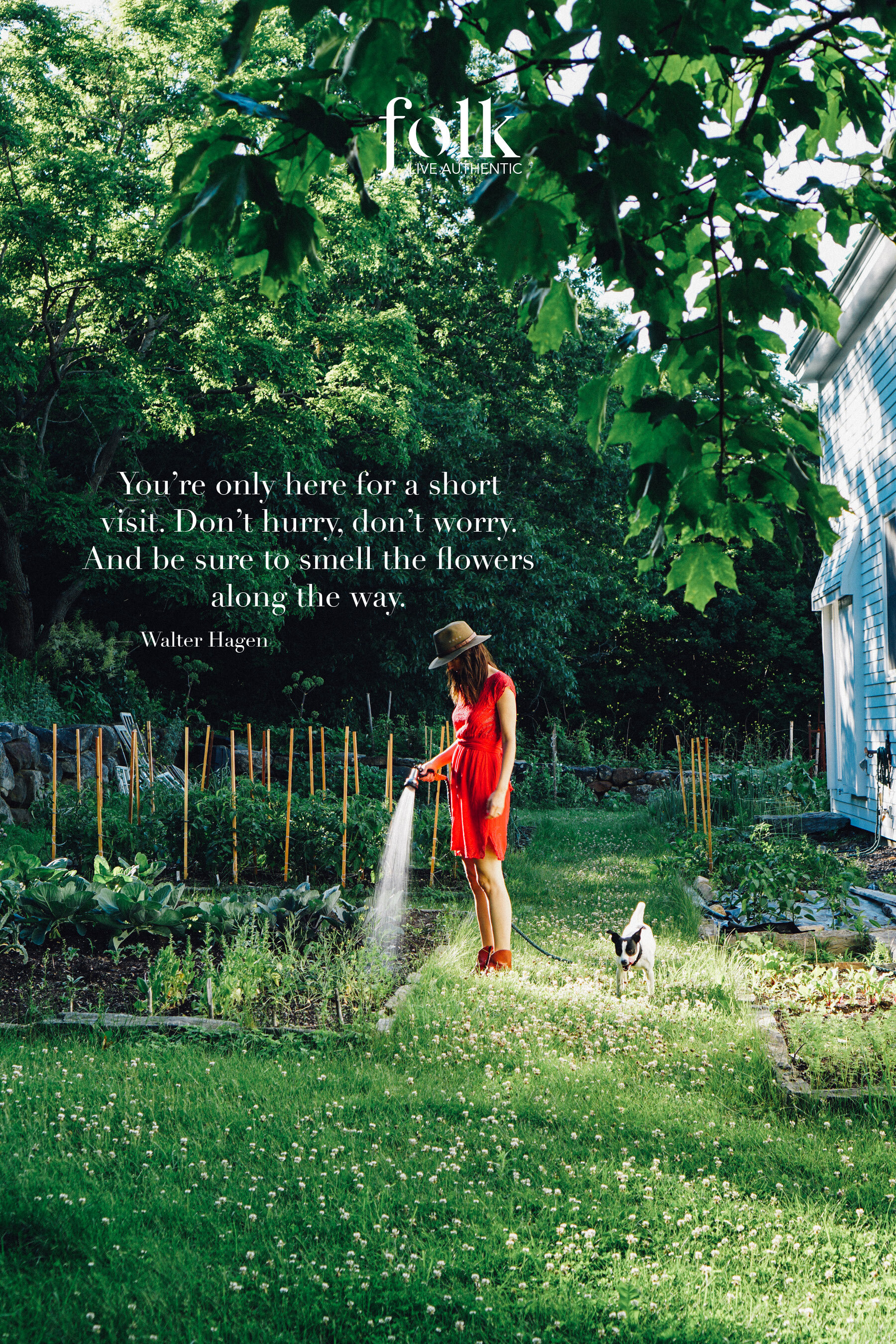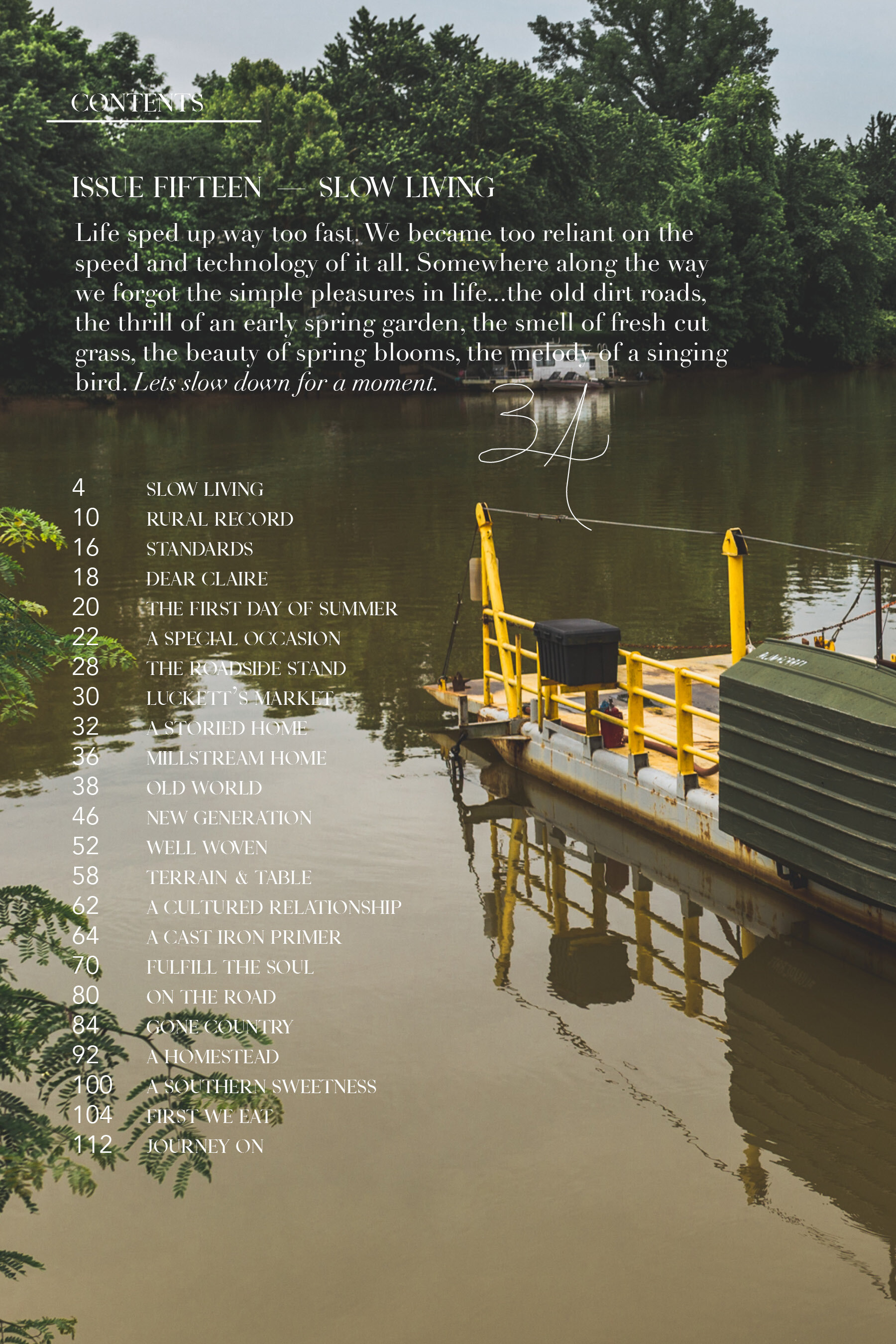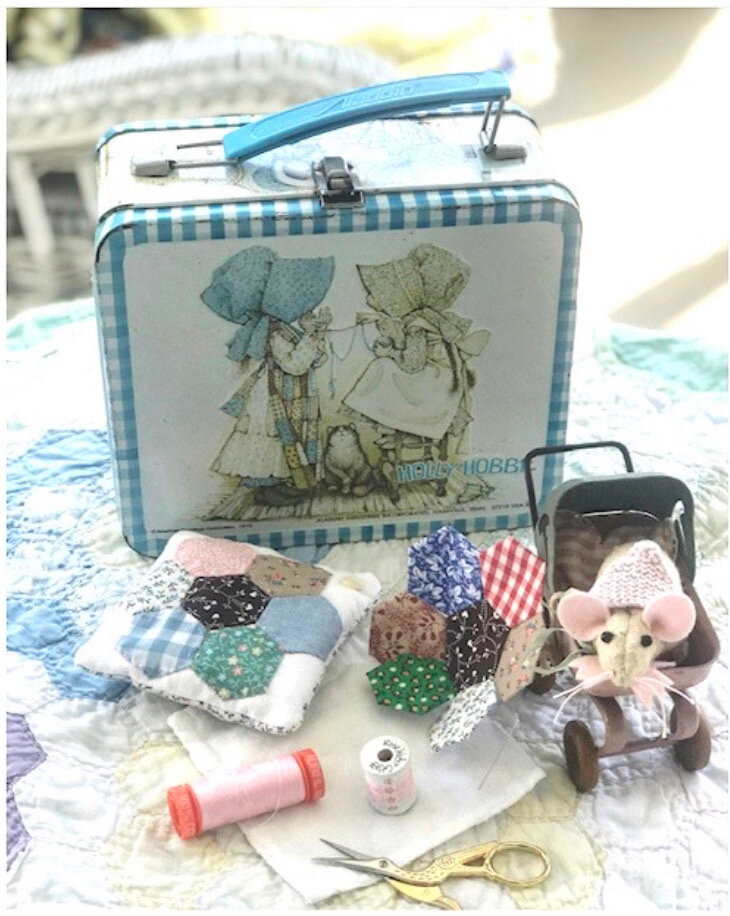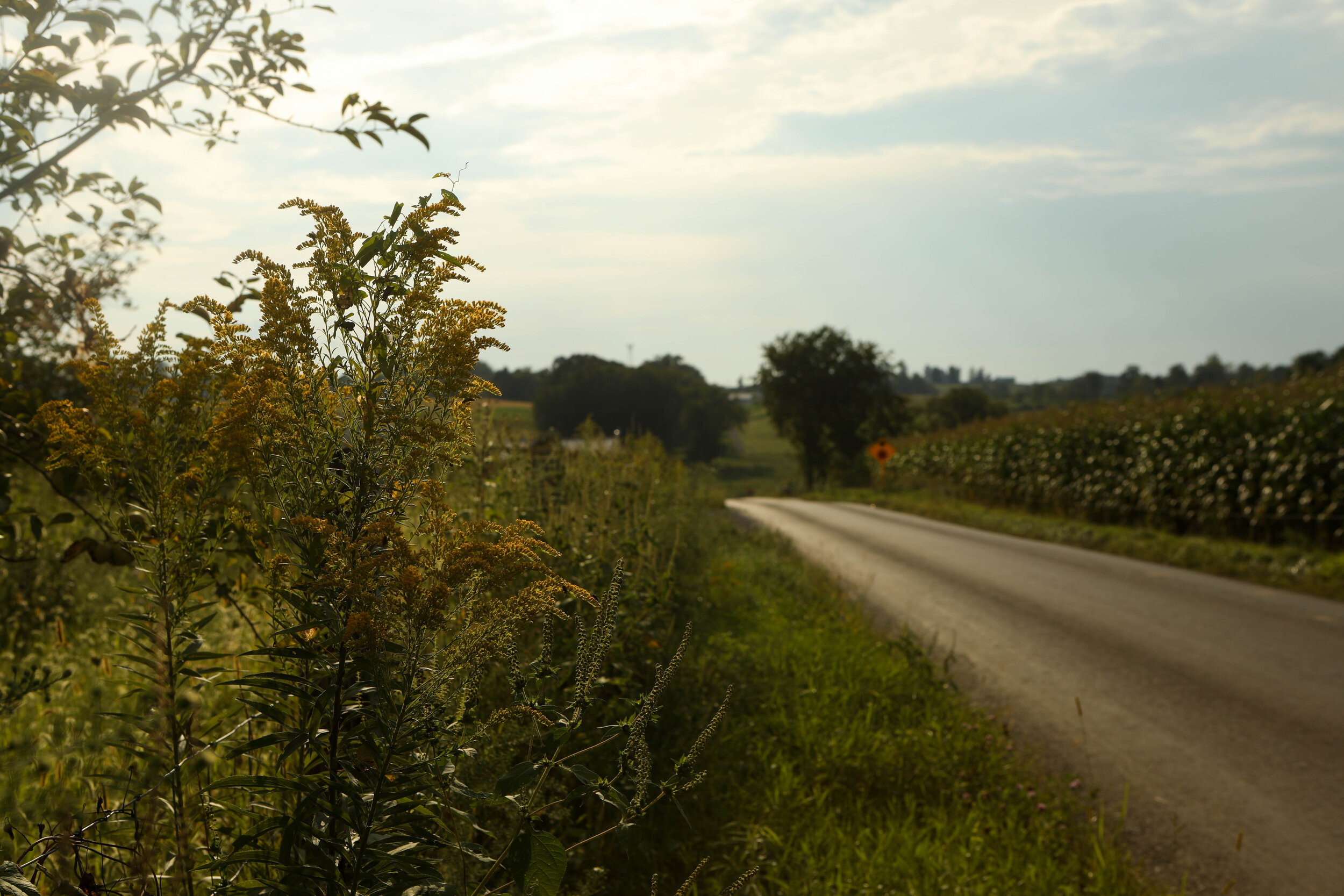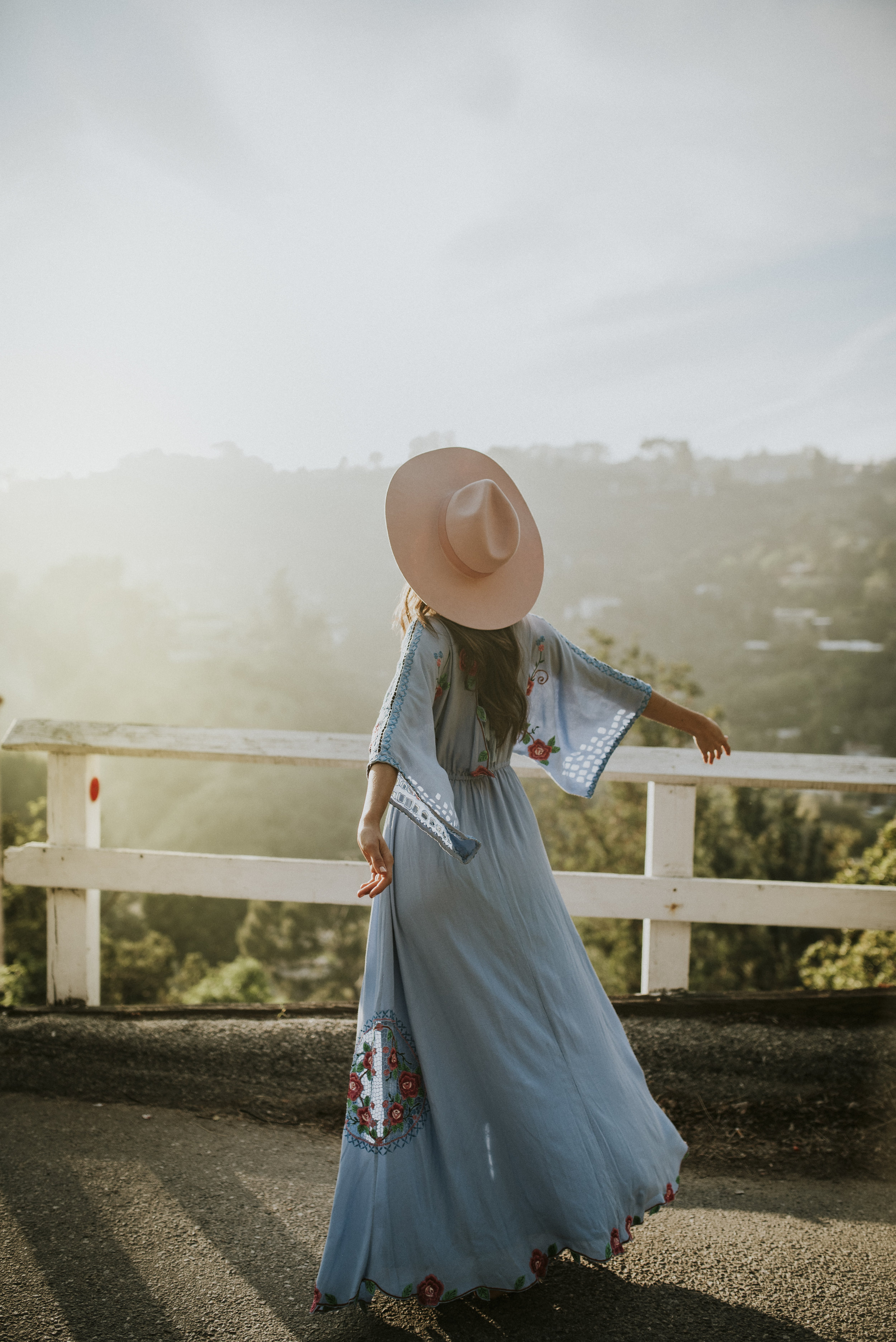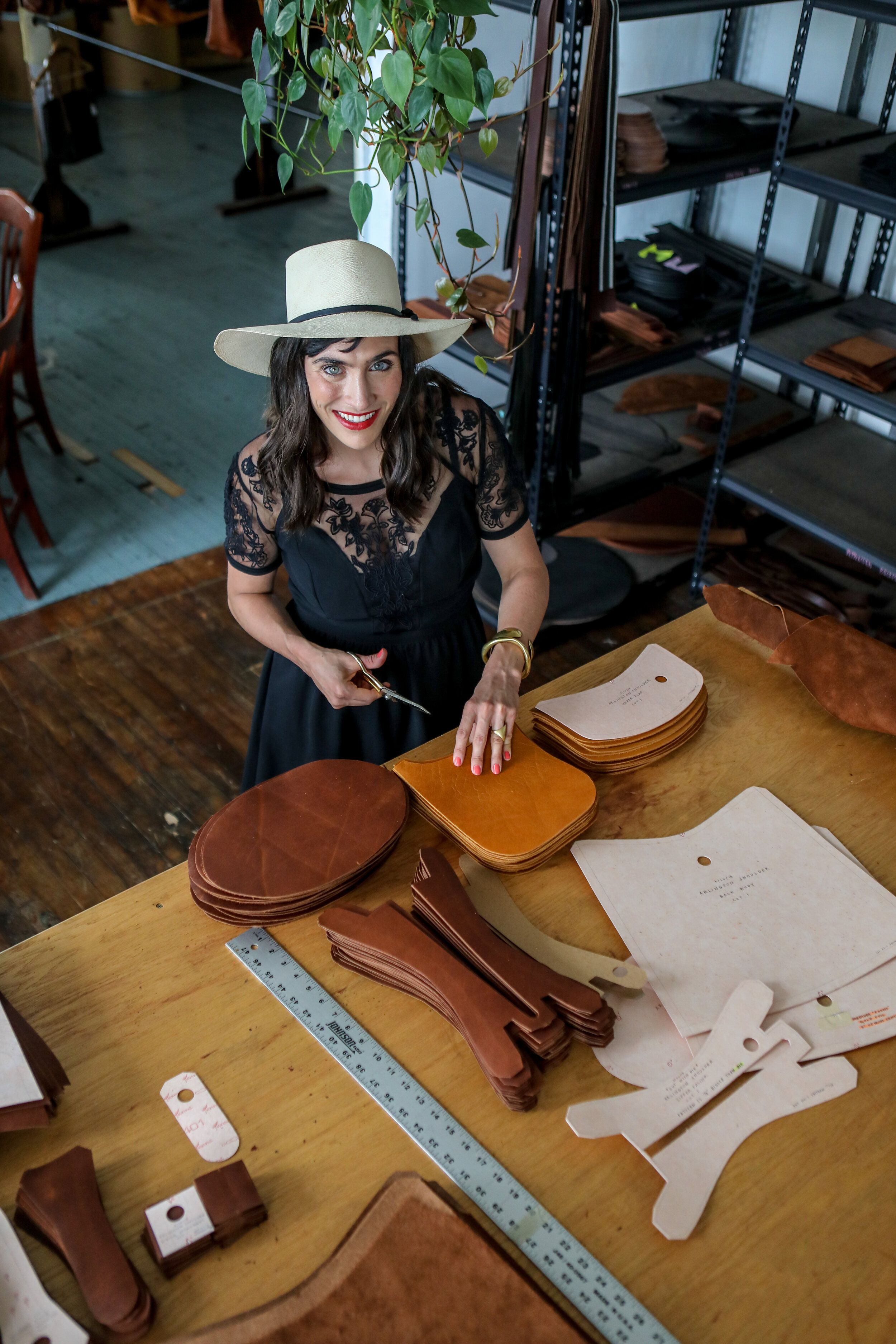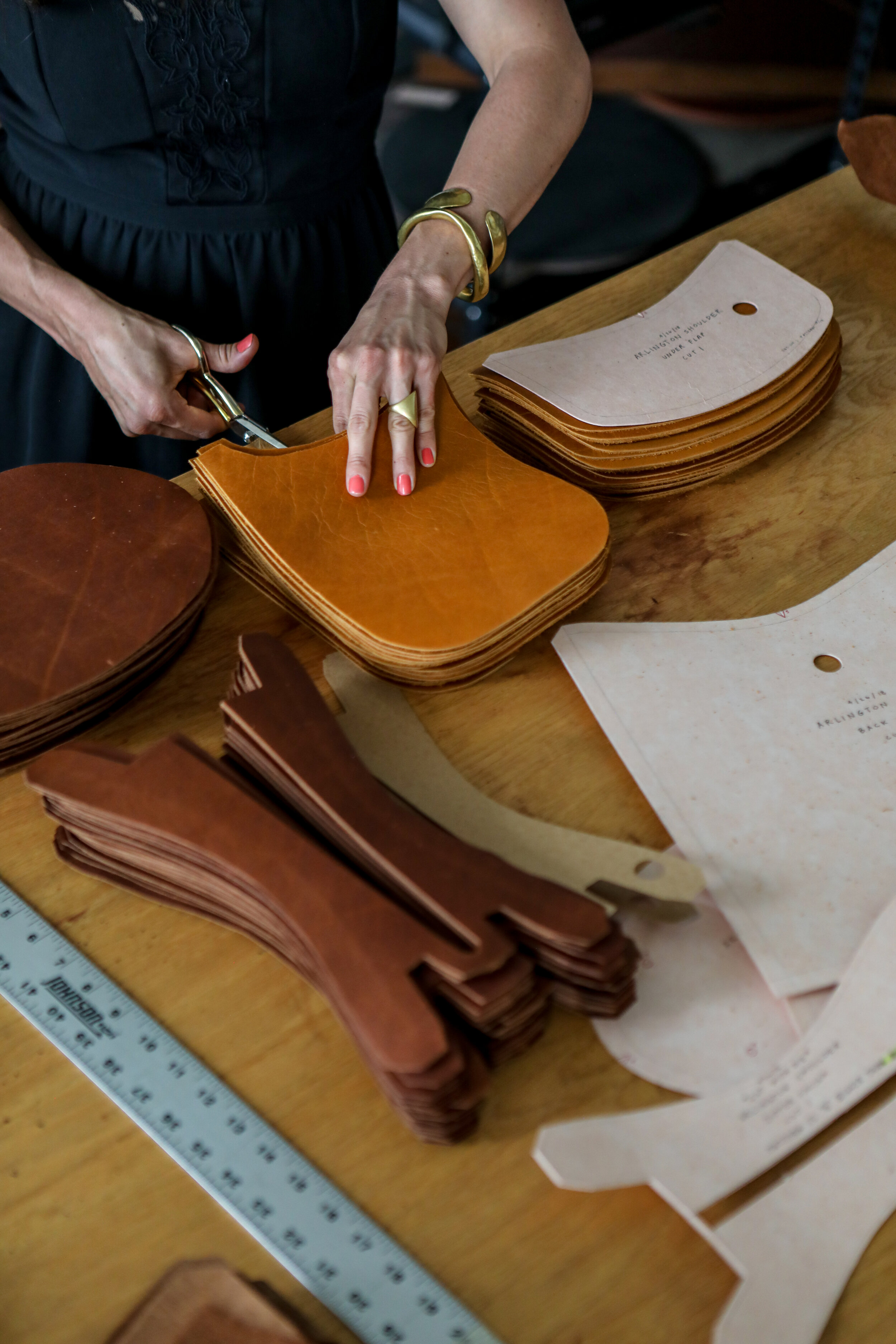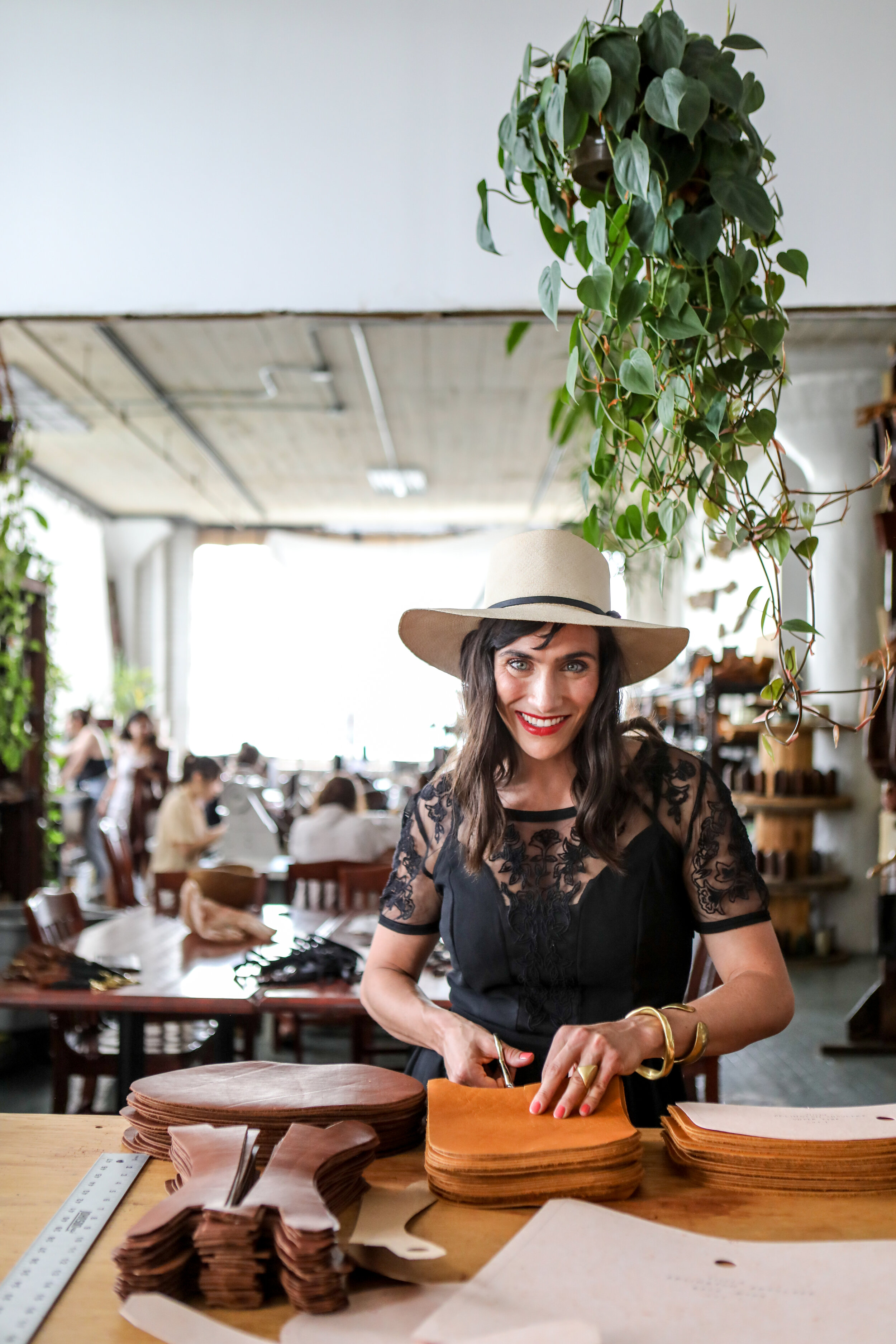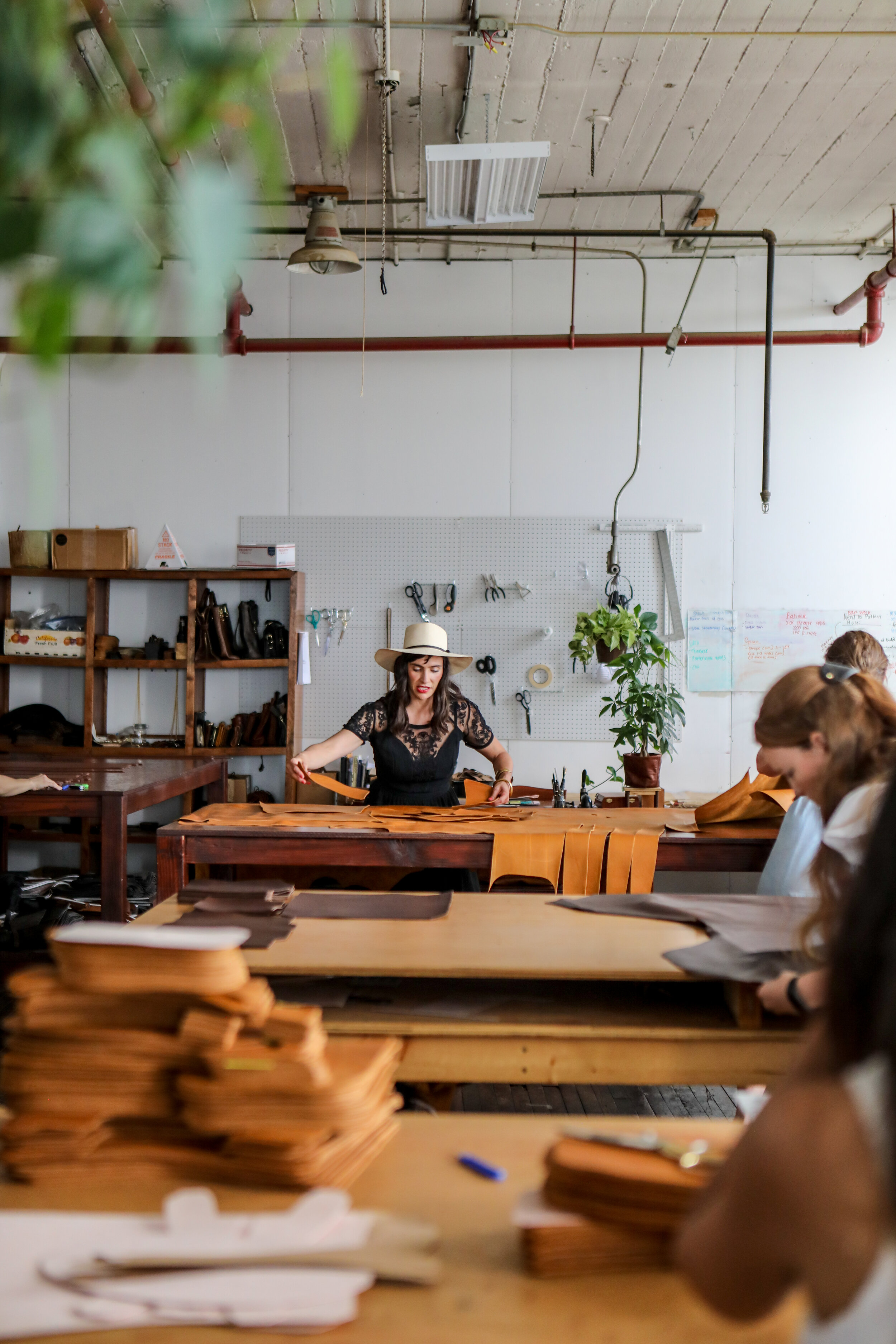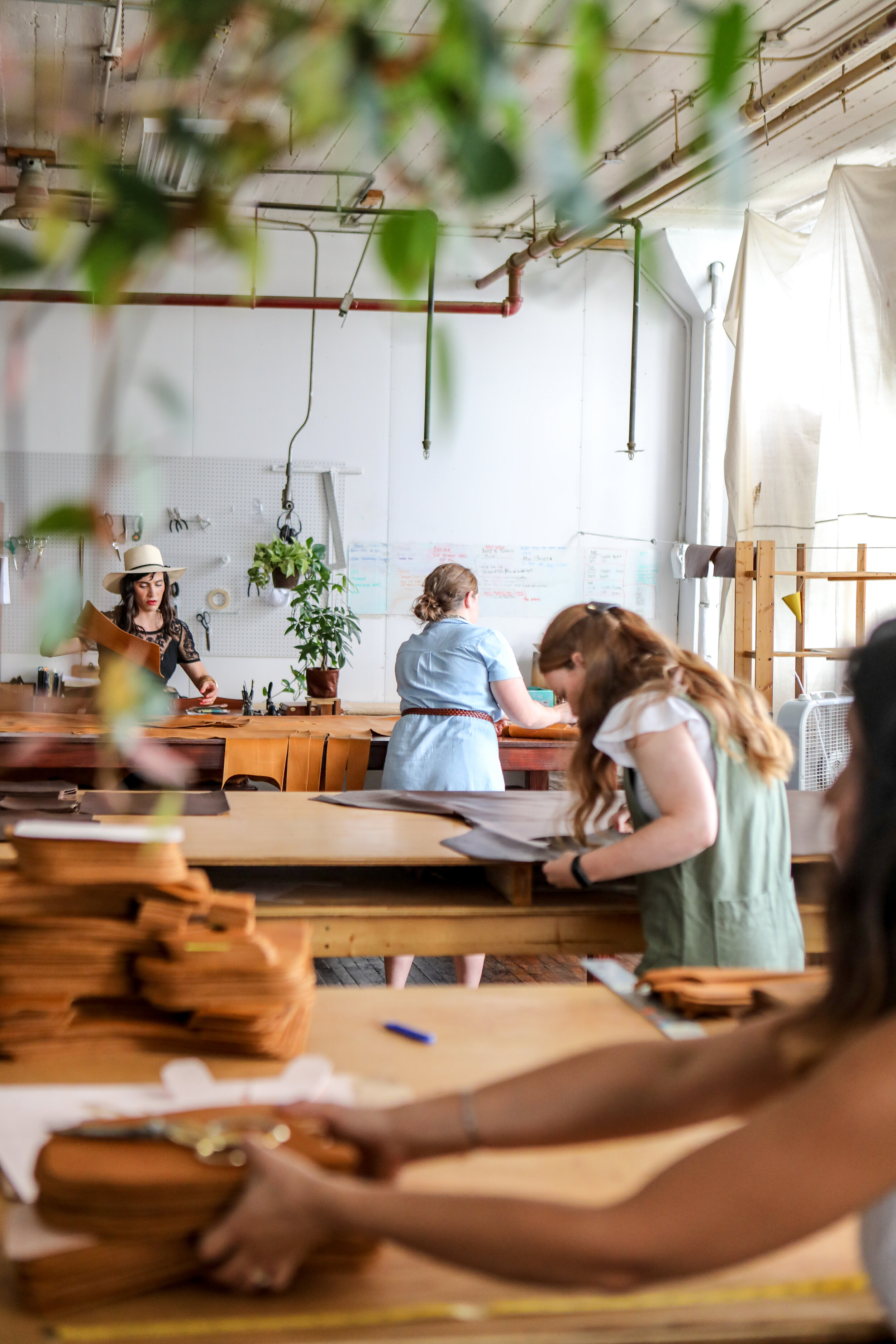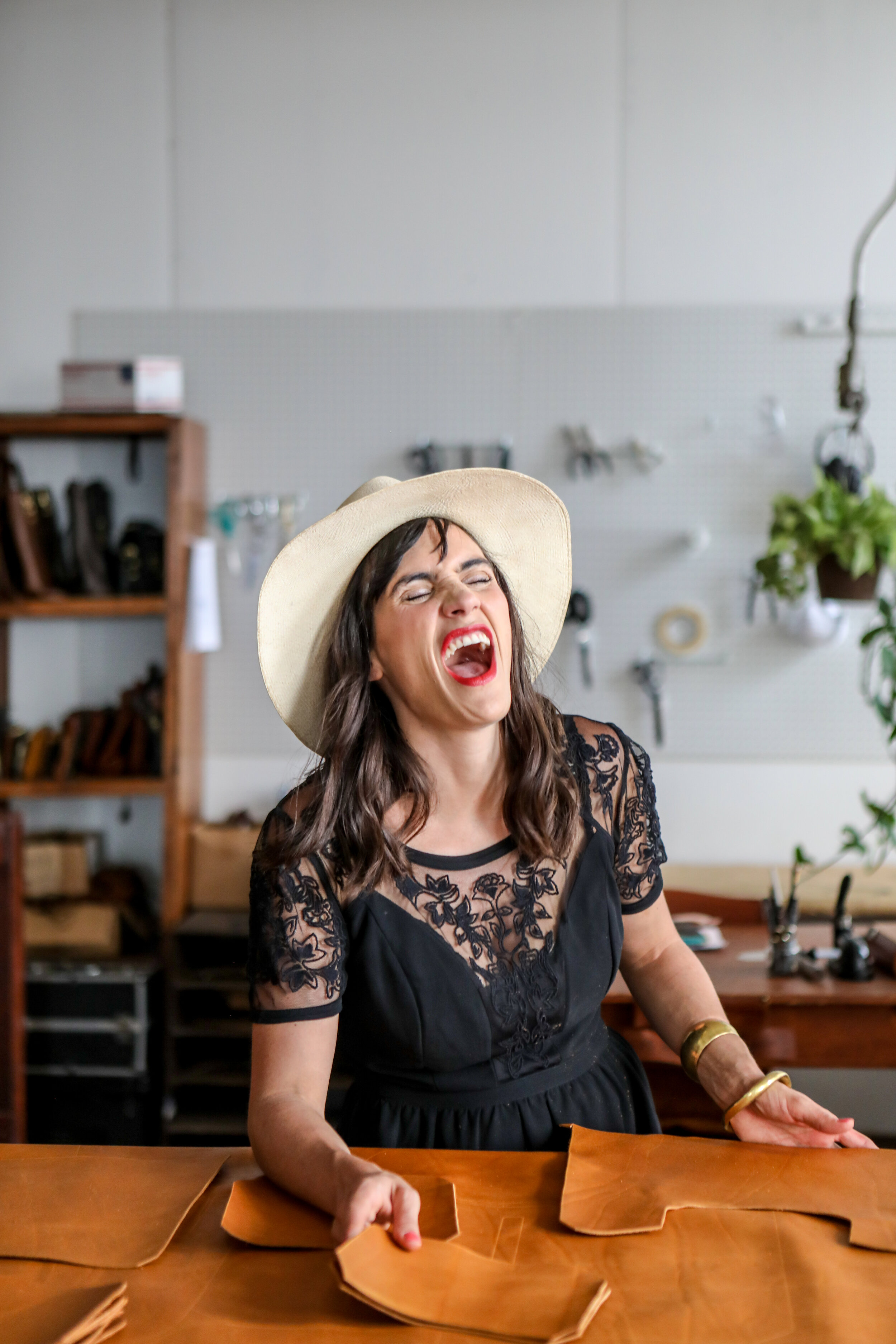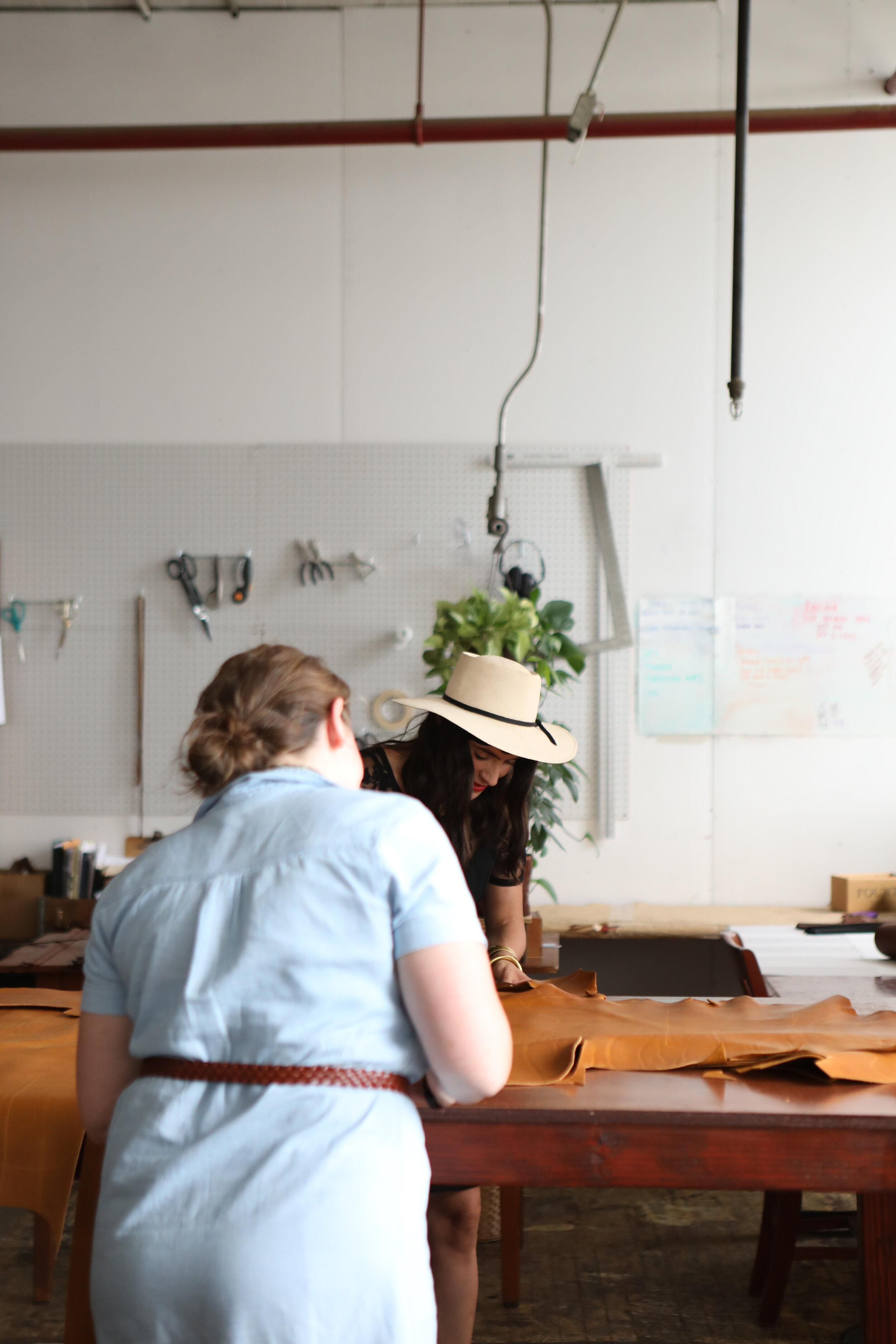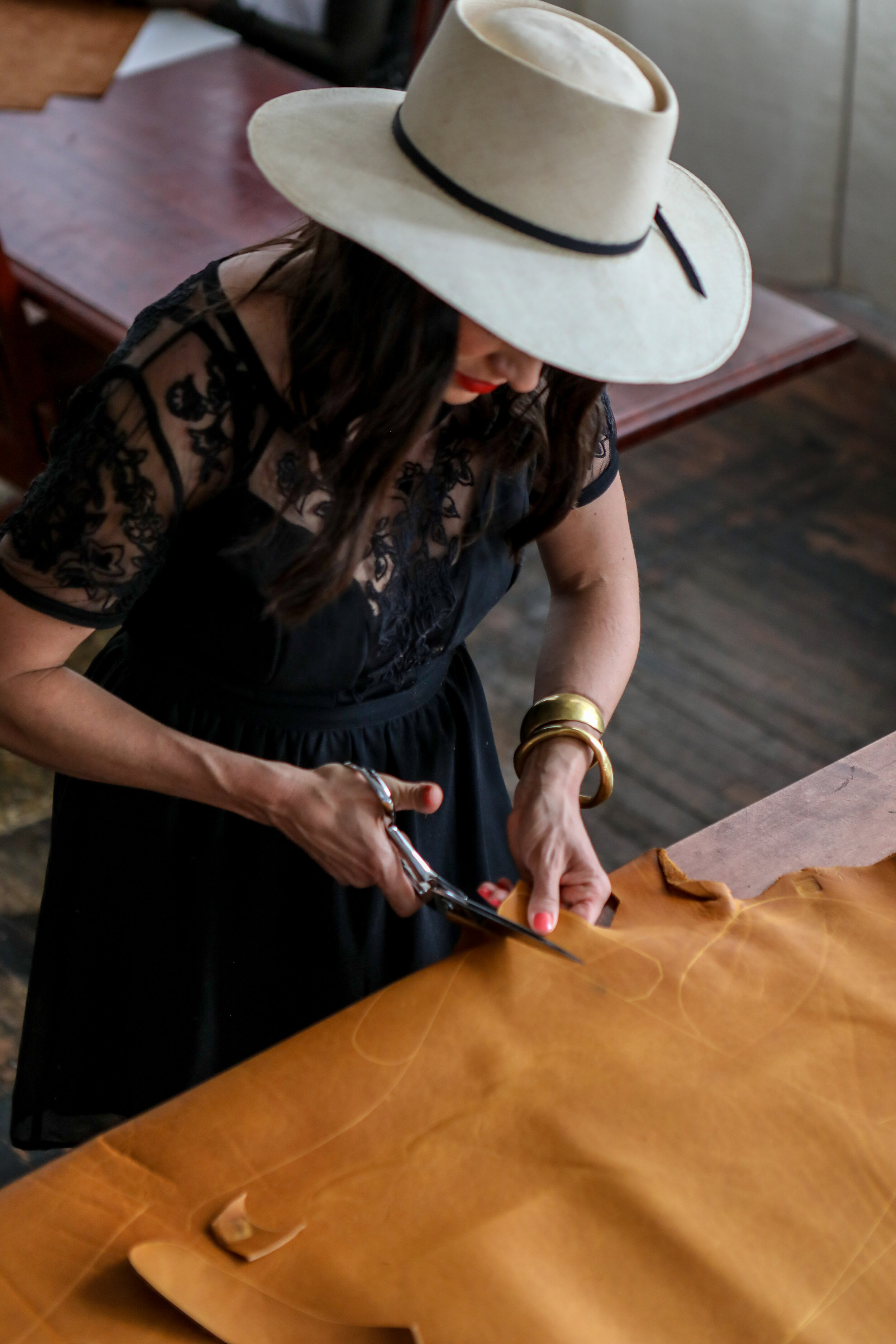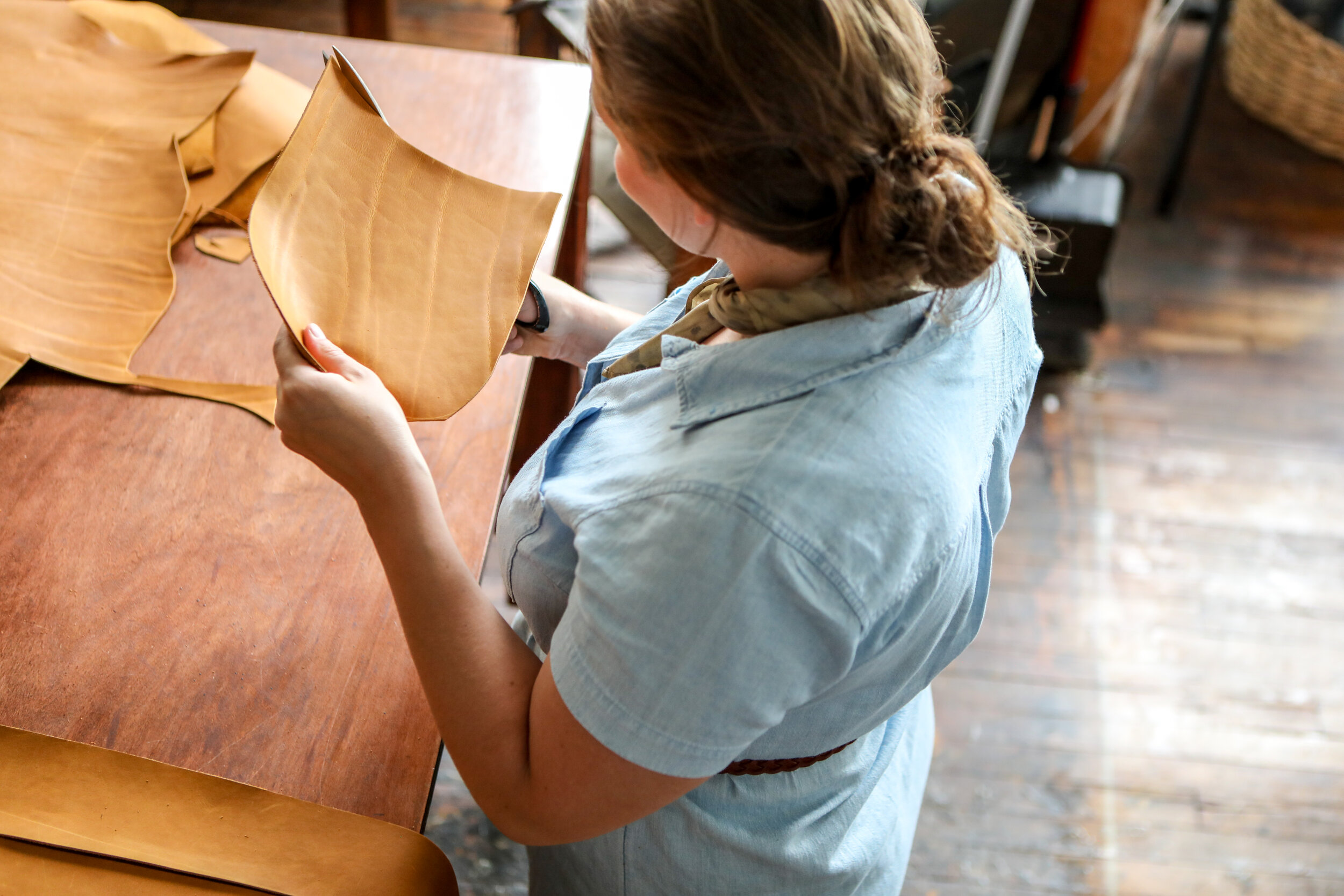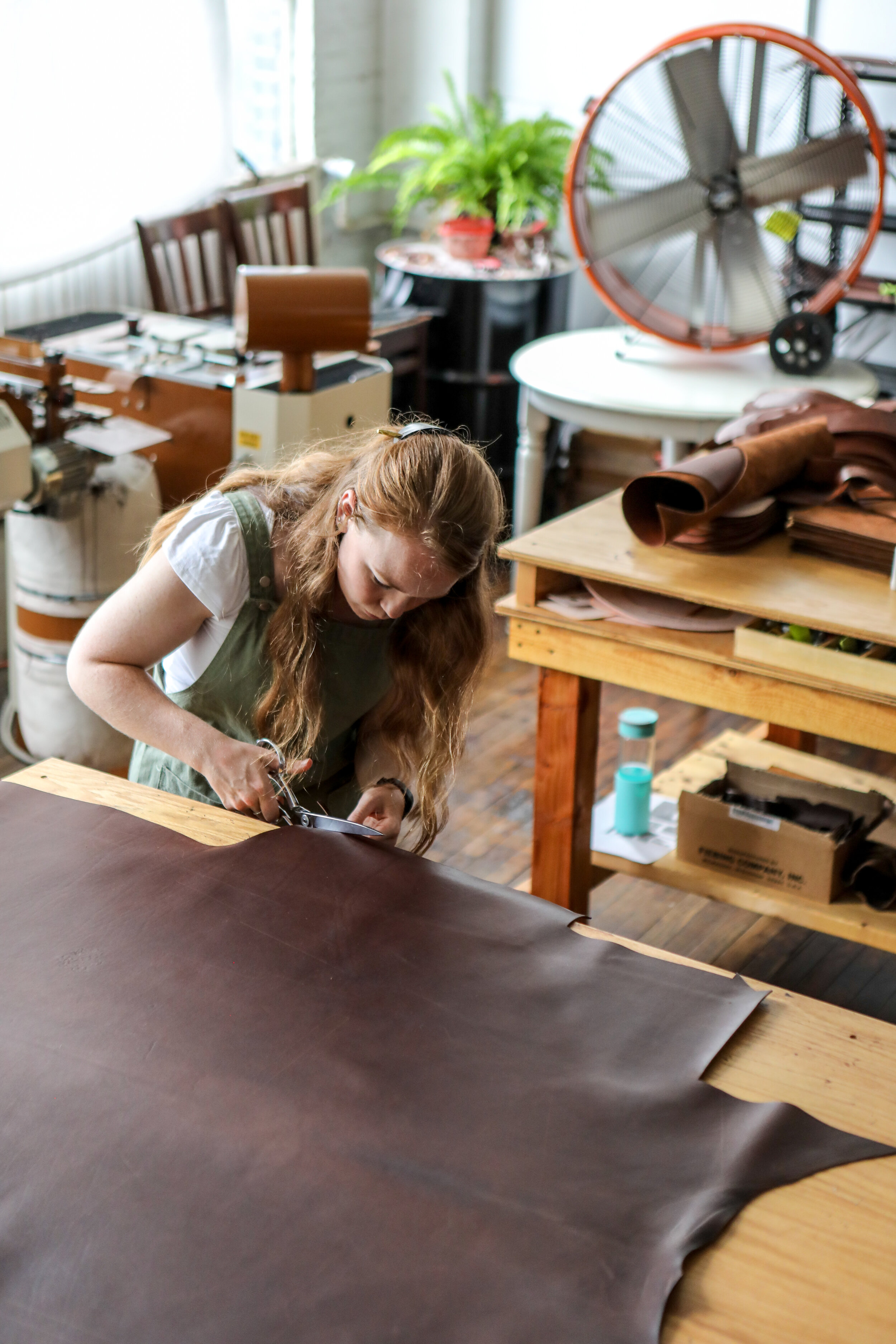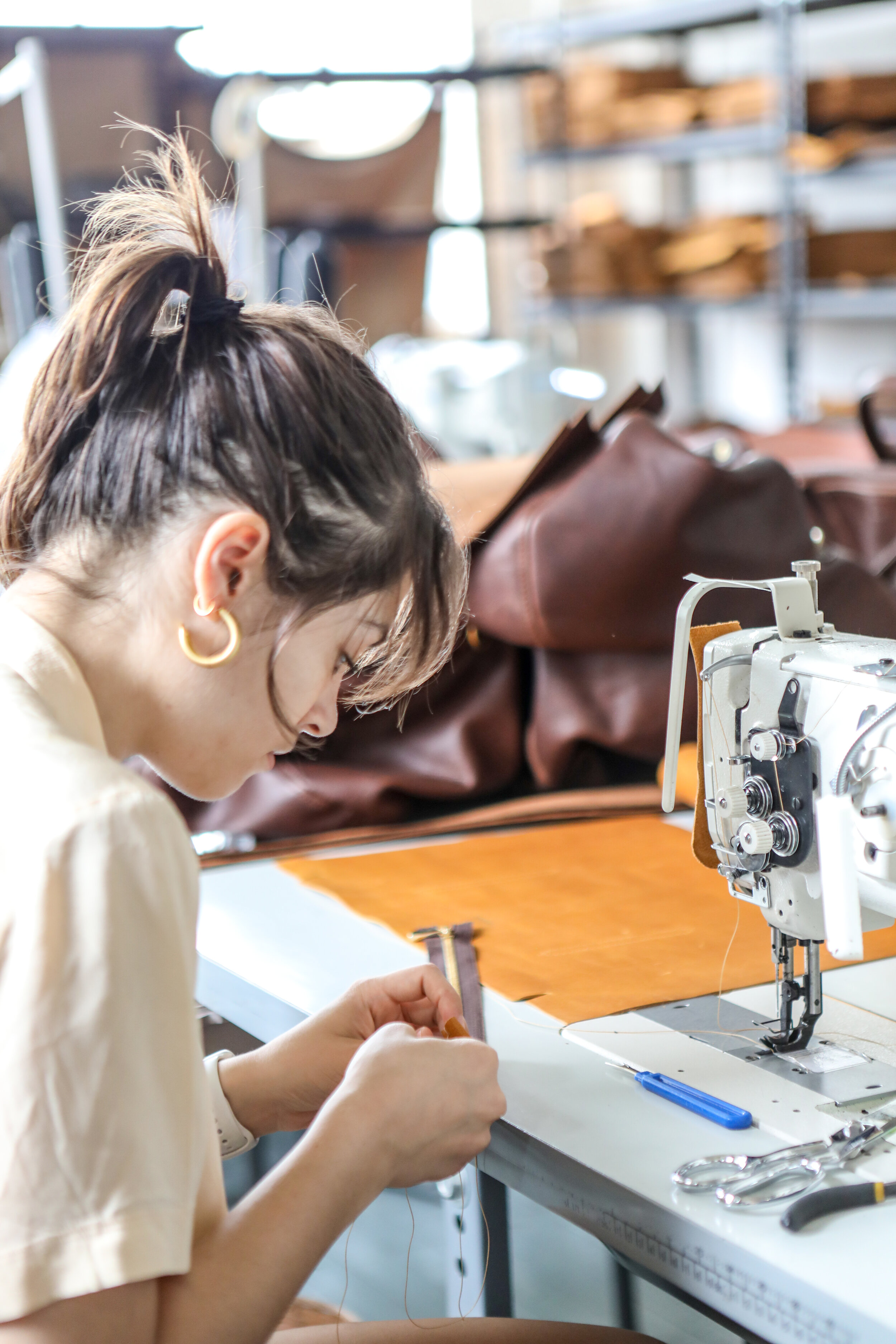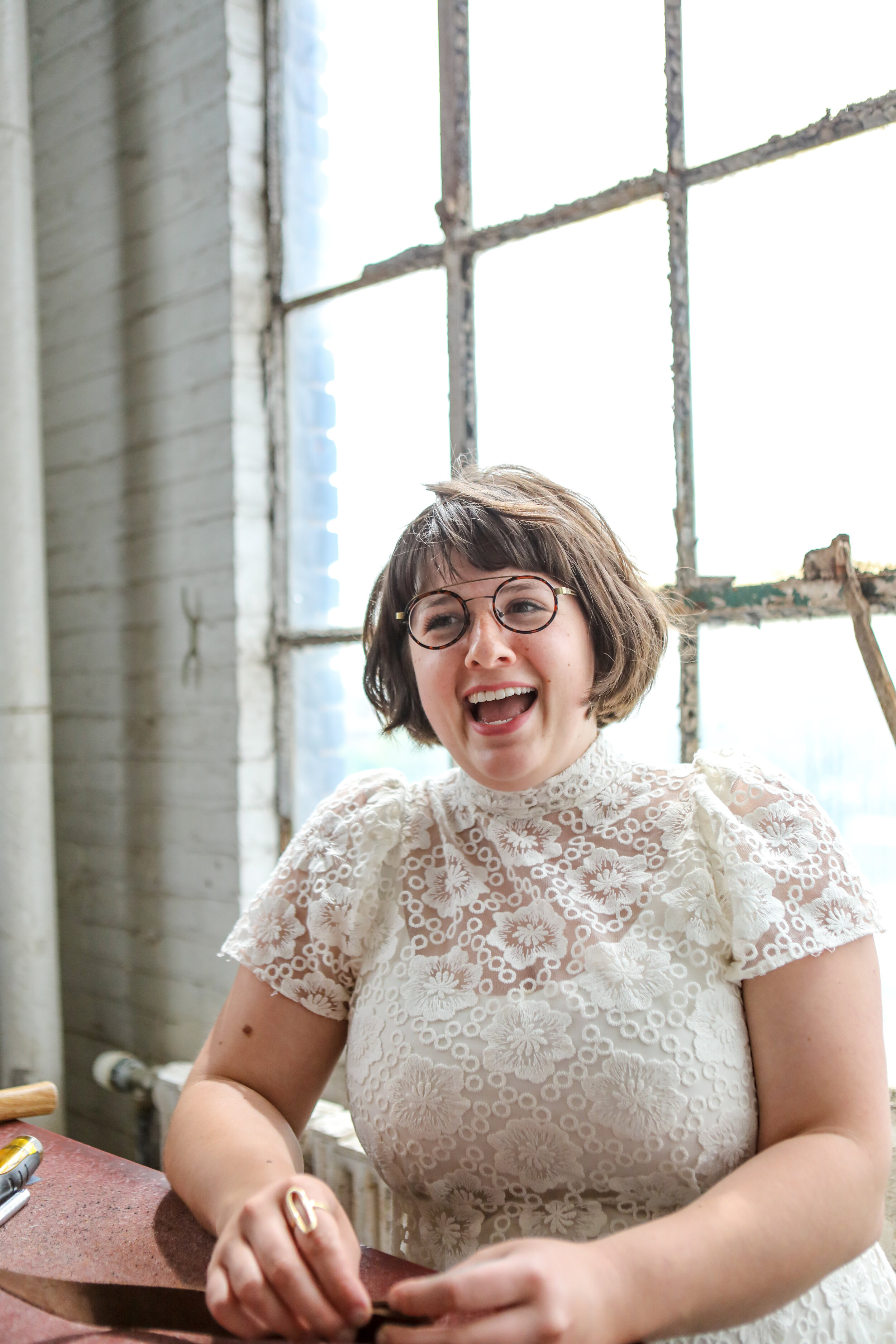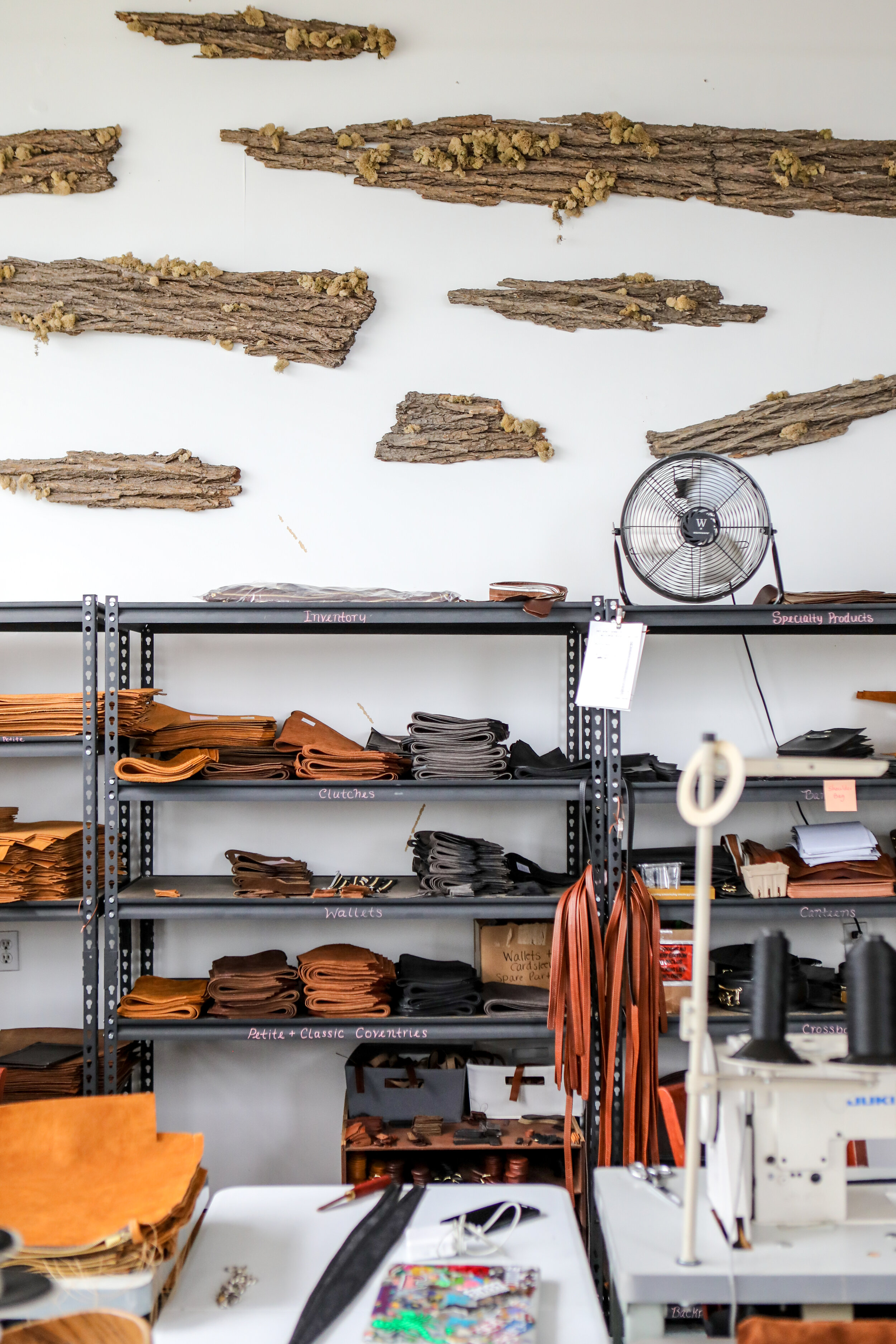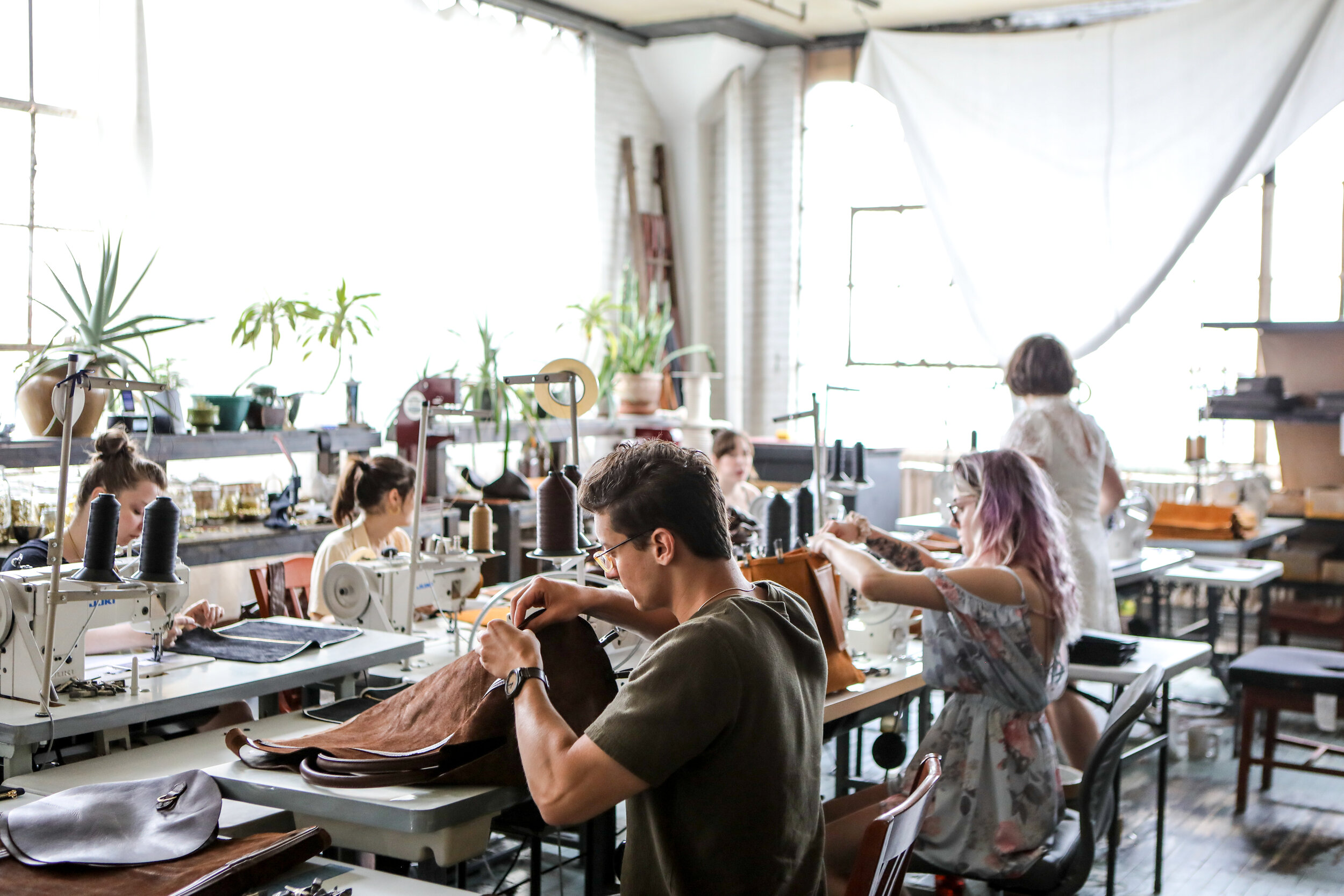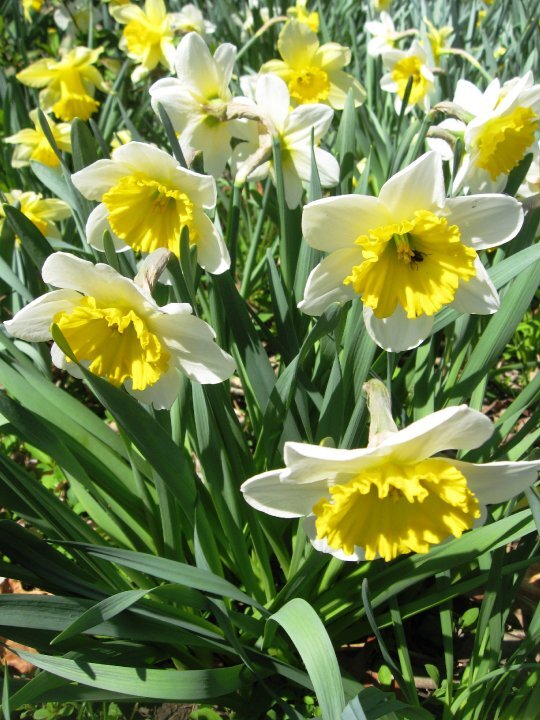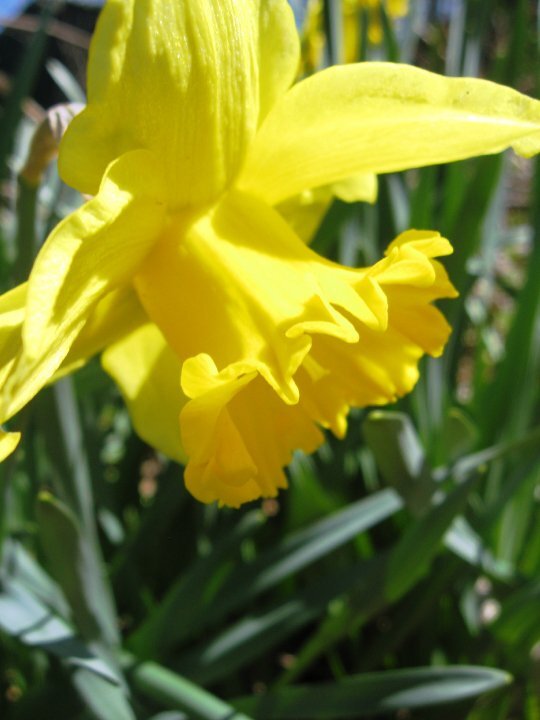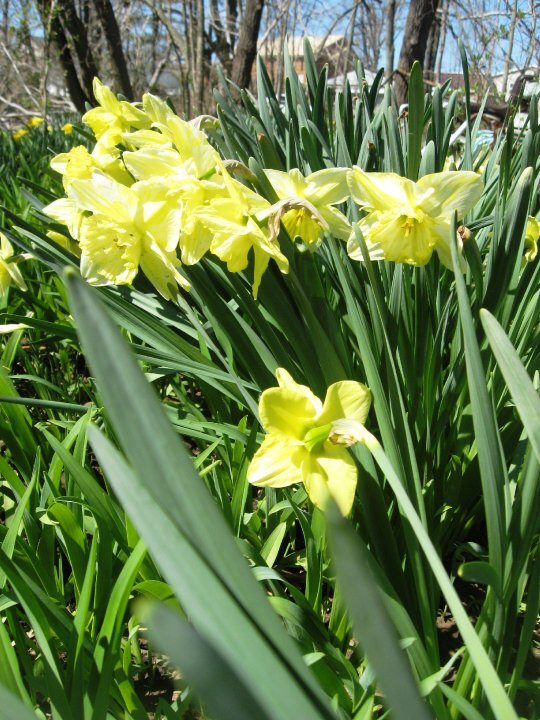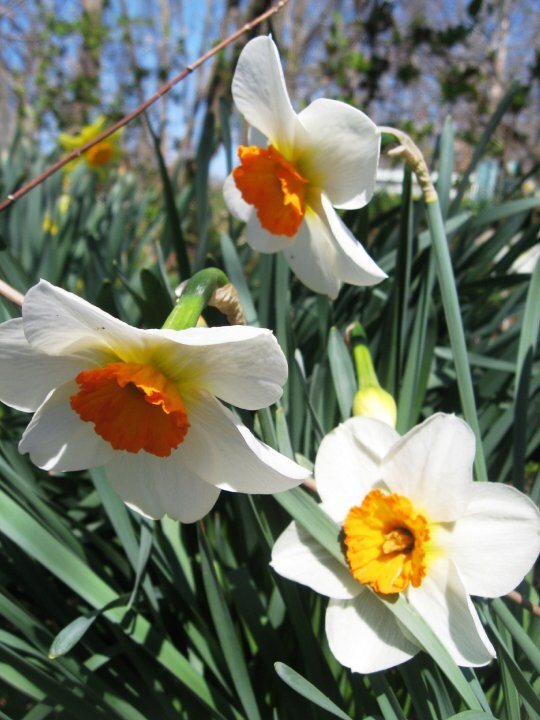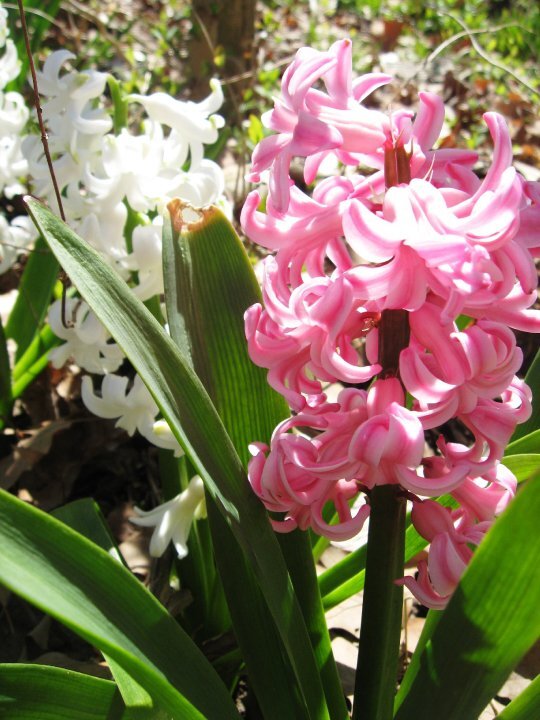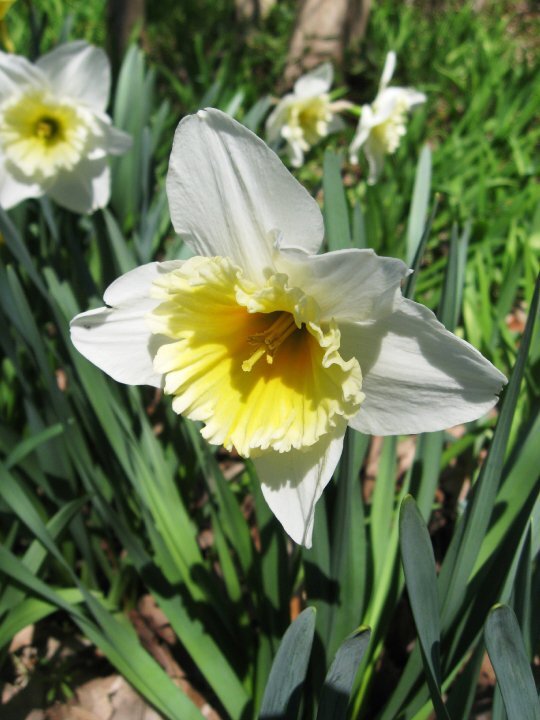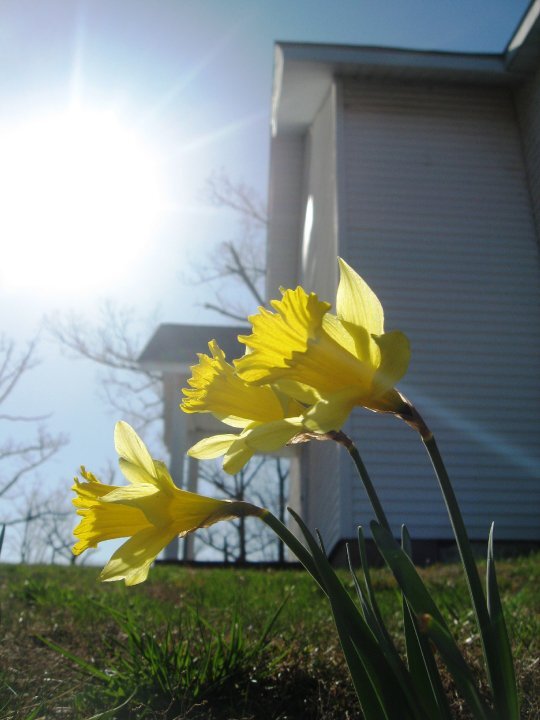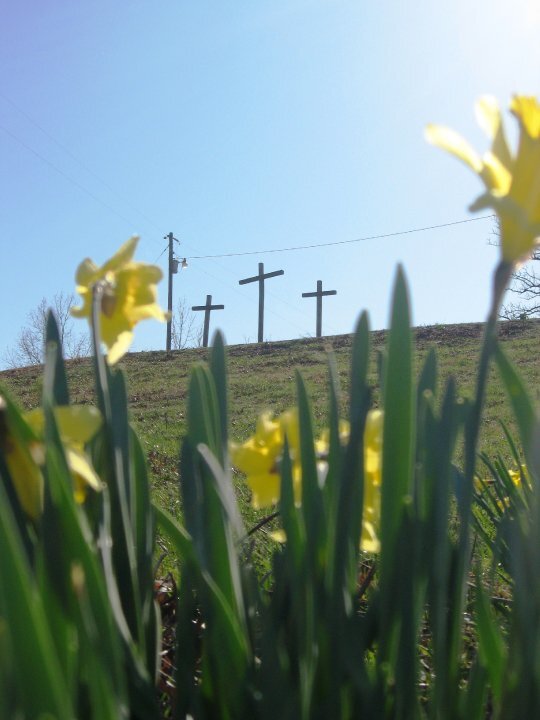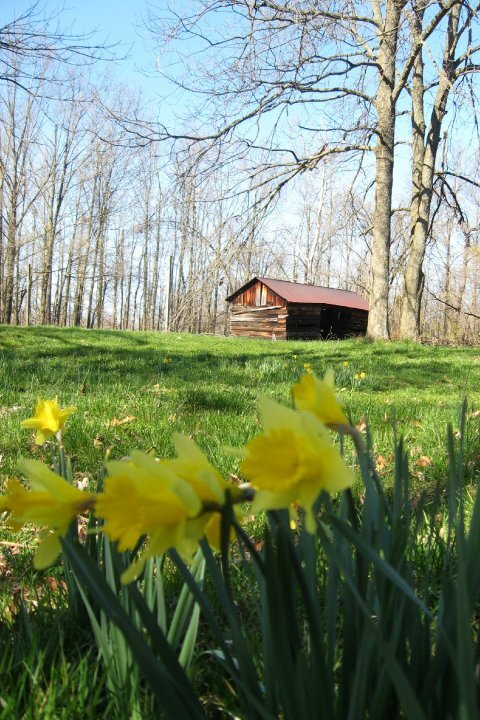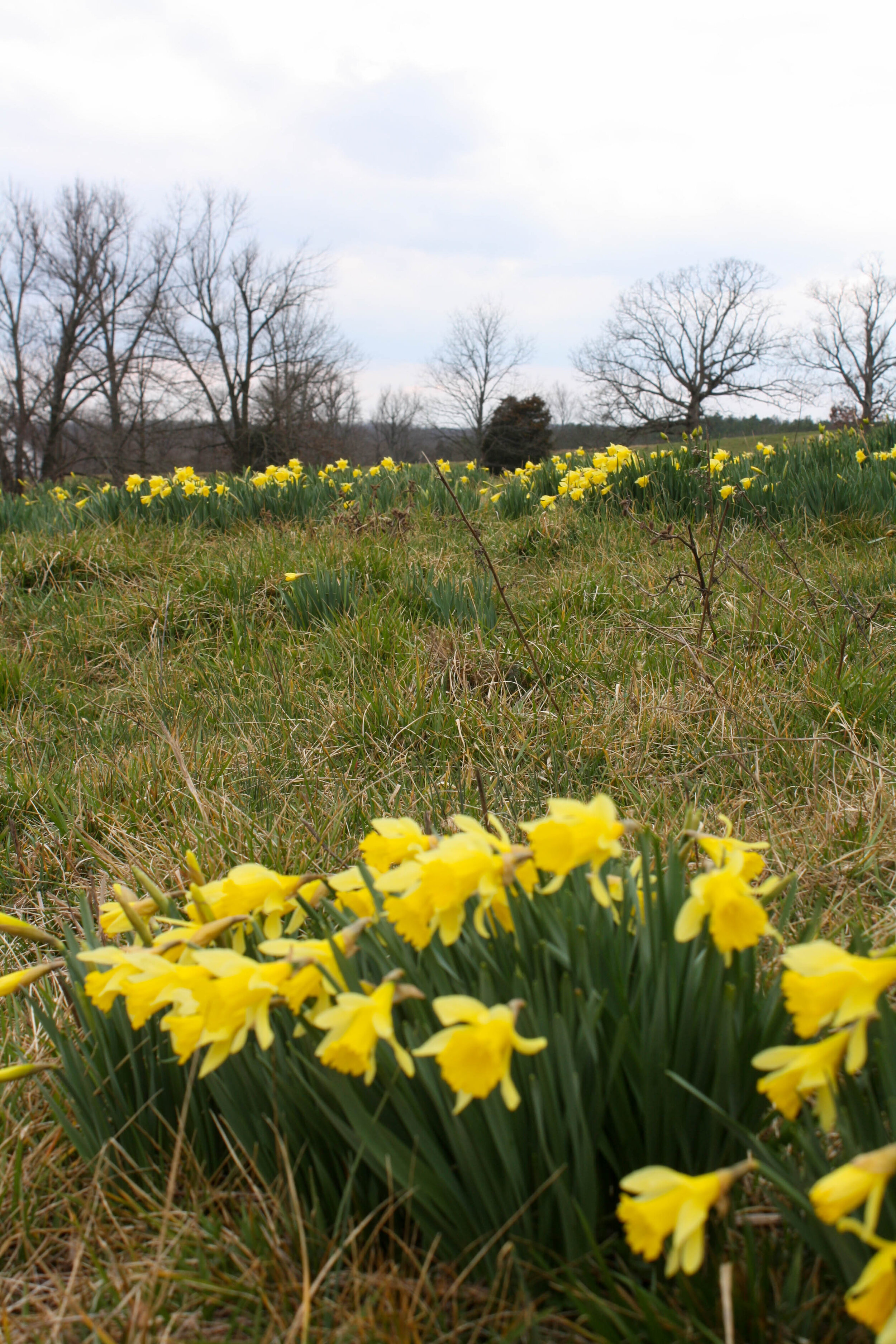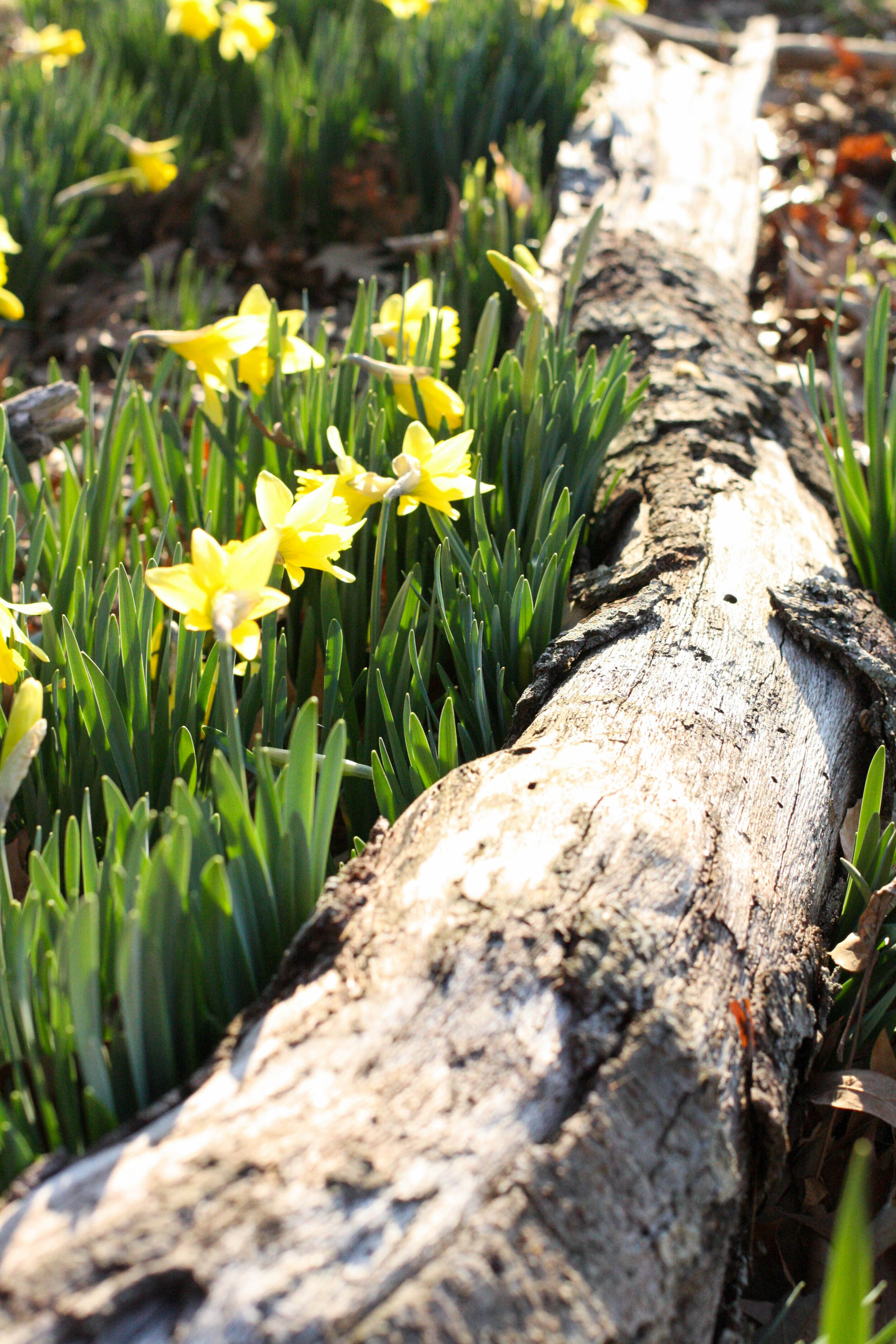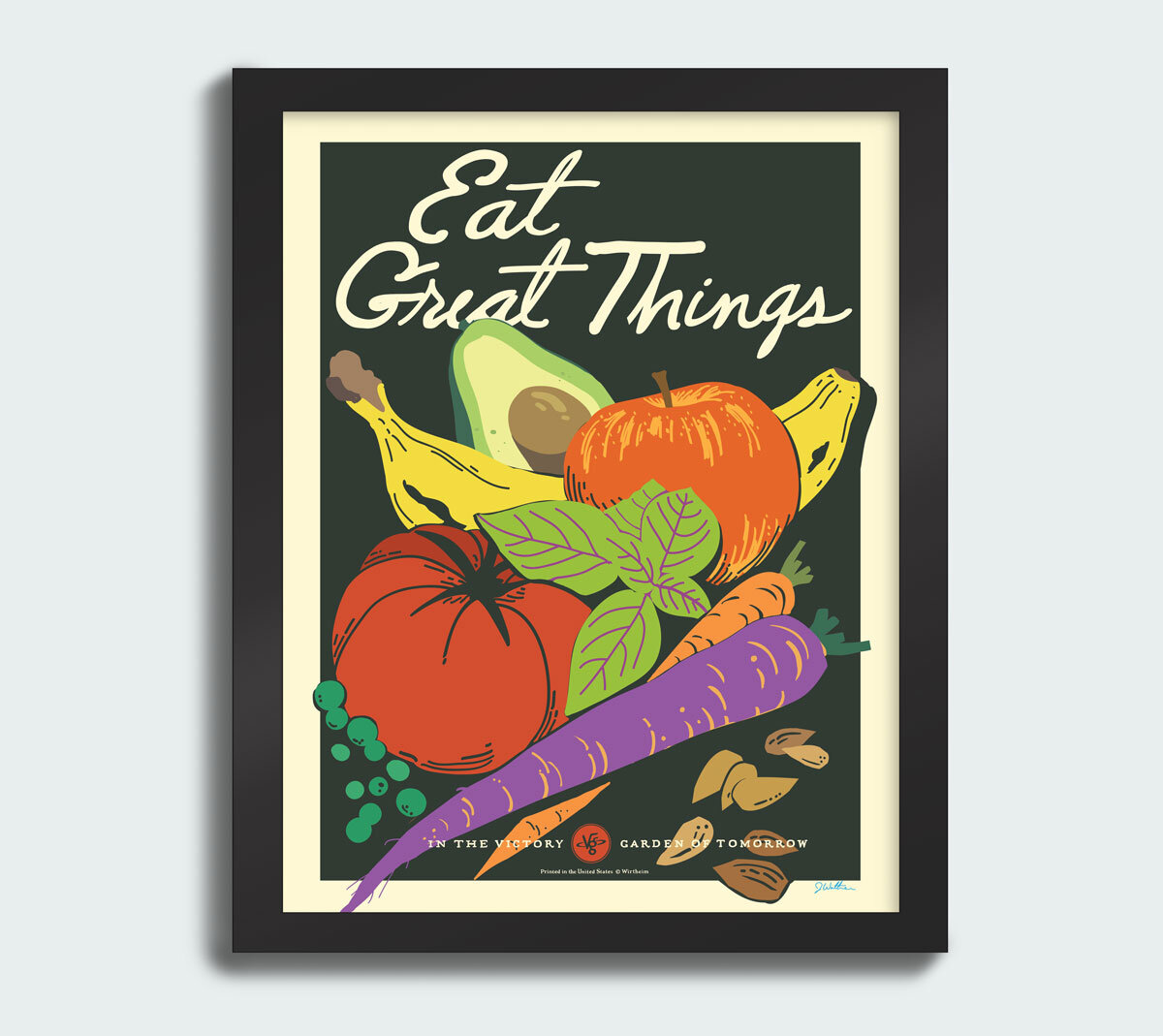Stories Within Squares- Vintage Giggles
Ben Ashby
STORIES WITHIN SQUARES
QUILT MAKER VINTAGE GIGGLES
“We make quilts, but we also write the stories of people’s lives within those squares.” Located down in Miami, Florida, Rebecca Lambert shares the heart behind Vintage Giggles and what being a maker means to her.
What is your business? We make quilts from personal items that carry a lot of significance to people. Basically, people call on us when they want to clear out storage bins of unused, but significant pieces of clothing or linens. Instead of taking up space in the attic, unseen, their items that hold memories can now be seen and used everyday. Most commonly, we work with collections of outgrown children's clothes, an eclectic collection of t shirts, select items from a loved one's wardrobe who has passed away, a combination of items from multi-generations of family members, wedding party attire, and even grandma's crocheted doilies. You name it, we quilt it.
Did you come from the corporate world? Were you always a maker? My background is education. My degree is in elementary education. I taught fourth grade for two years before handing in my resignation and looking for ways outside the walls to teach and inspire people.
Tell us about your process to becoming a maker. It started with my mother always telling me that a man should have a toolbox and a woman should have a sewing machine. I never understood. I could buy anything I needed, so why should I make it? Until one day, when I needed a gift and no store had what I had in mind. So, because my mom won the battle of me owning a sewing machine, I was able to make that gift. Not knowing how to sew, I literally lost sleep trying to figure out how to sew squares together, maneuvering around corners and how to put an edge on a finished quilt. What way did I need to fold the fabric? How did I need to cut the pieces? How do I cut fabric? I needed to figure it out myself. My own stubbornness held me from learning in conventional ways. I didn't want to be told how to do it, I just had to try. And it was so much fun, that I made a lot of things for that gift. And I am still making those things that I gave as a gift that day.
Why are you still a maker? I am still a maker because of the happiness it makes people feel when they receive what I make. To give someone a tangible way to hold memories in their hands is something that I will never tire of making.
Is this your main job? Yes, second only to raising our family of six kids.
Tell us about your creative process and the evolution of that process as you've perfect your craft and as you've grown as a business. Listening is the biggest part of our creative process. Reading people's handwritten stories pinned to articles of clothing that hold their memories, hearing the trembling in a voice on the phone telling us they don't know how many more days their loved one will have to live, reading descriptions of siblings' bubbly and artistic personalities, holding the fabrics that memories were made in is where it all starts for us. We make quilts, but we also write the stories of people's lives within those squares. And so, we don't operate under strict rules. Rather, we let what is important to each customer lead us.
What inspires you? Colors and stories. Colors inspire us as if each one carries it's own frequency, creating visual melodies and harmonies when they are combined. And stories of families, generations and heritages sit cozy in our hearts, surfacing as squares of colors that become a quilt.
Who inspires you? Anyone with a story to share stirs our hearts. Nostalgic stories about traditions laid forth by grandparents, love stories that celebrate the little things, stories of loss and the seemingly insatiable heartache it leaves, sporty stories of athletic achievements, childhood stories of our own fast growing children, or stories of our childhood, as told by the worn thin knees of a bell bottom pair of corduroys and a matching peter pan collared polyester knit striped shirt. It all matters.
Who are your role models? Our role models are people who have not missed the opportunity to take a chance. To see a person with a passion so big that they take a leap and put it into action, not knowing if it will work or not, will always be the people we look up to.
Who has been your biggest champion as you've progressed as being a maker? My family. My husband's continued encouragement and belief in this little company that I started has carried me through times in which I didn't know if I had what it took to make it through. He leads me when I get stuck, and helps me handle it when the workload is high, easing my fears and building my determination. And my kids. They see me working when the first wake, and they know that after tucking them in bed at night, I will probably go to my studio to finish the day's work. They look at and point out their favorite squares as the quilts come together. They know that they can do hard things because they see me pushing through, when it would be easier to give up. And to be able to teach them that, by example, makes them champions.
How have you grown your business? Social media has been the biggest community in which my company has grown. The platform it gives to share pictures and stories is such a beautiful way to show what we do. Word of mouth and charitable offerings have also increased awareness of what we do. And from a phone call to a dear friend of mind that started out something like, "you won't believe it, but I started a company!", she has believed in what we do, owns one of the first quilts we made and has shared our work on her social media platform, and organically becoming one of the biggest influencers and advocates for my company.
How have you perfected what you make? Time and practice. Over time, our methods have become more streamlined, and through practice, we are able to take on challenges with the confidence that what we make is quality and has the durability to last for generations to come.
Has this growth been easy? Easy, hell no. Because it has required a lot of patience. Patience when poor decisions have been made. Patience to perfect our sewing. Patience to learn how to operate the machinery. Patience for sales to be made. Patience for people to like our product and believe in what we do. Patience when life happens and time does not allow for the focus that the business needed. Patience to find a like minded team who doesn't just sew, but works from the heart. But, the one saving grace is that from the beginning, we allowed the company's growth to happen in it's own time, in God's time. And so, the patience has been hard, but never stressful.
What advice would you give based on your own experience? Slow and steady wins. A shotgun start with record growth will tire soon. Pumping funds into the hopes of a successful business may leave pockets empty. Take baby steps. Small, but steady. Put love into what you do. And the results will speak for themselves.
What are your goals as a business? Our biggest goal is to keep doing what we are doing, keeping the same attention to detail and methods of making as we continue to grow. We will always be a team of makers that laugh and cry together as we create each quilt. We will always put our hearts into what we do.
What does the future hold for you? We will always continue to create huggable memories through our heritage quilts. We also make a line of hooded towels with the same attention to detail as our quilts are made. In addition to that, who knows....we are always up for a challenge!
Give us three tips you've learned as a maker that can be applied to everyday life. When you come to a bump in the road, use it as an opportunity to increase your capability. Always think positive by putting your mind on the results you are aspiring to achieve. Gratitude keeps your success in check and ensures that your drive is coming from the heart.
How do you find the divide between work and personal? That's a million dollar question for me. With four of the six kids at home with me, (now all day since the quarantine), a lot of my in home studio work is done in small segments of time when I see the opportunity. It has taken me literally years to be able to do my work and be present for their needs as well. But, on top of those stolen moments, it helps to keep to more of a rhythm than a schedule. It's a rhythm where I know what parts of the day I can dedicate to each, but not so much of a rigid schedule, so that bumps and changes can be accommodated for more easily. Being able to flow with the moment is key.
Why should we support and buy maker and American made? Buying something from a maker gives you an item that is not as easy to come by, and it gives a maker the opportunity to keep creating something that is otherwise not available in mass. And in today's world of tension and confusion, purchasing from a fellow American is a way to give a pat on the back to our struggling nation in hopes that the roots that made us will stay strong.
How do you ensure quality of your brand and your products? We have refined our methods to the point of confidence in our work. Everything is looked over closely and pre-washed to ensure stability to be washed and used often!
Is flannel always in season? Flannel is most definitely always in season. Even in Florida. In fact, anyone ever seen a good flamingo flannel? Asking for a friend.
How do you live authentically? Focus on what is important to you and not what the world says is important. Let your inner passions and talents lead you, being mindful as to what influences your work.
You can find Vintage Giggles products for purchase on their website or follow their work on Instagram. For custom requests contact threads@vintagegiggles.com.










